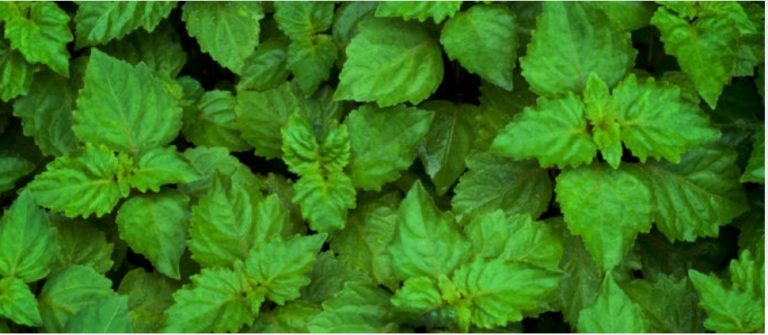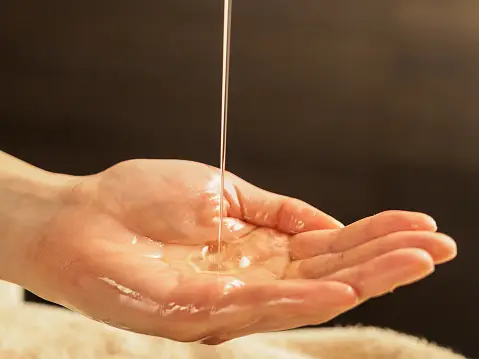How to choose your carrier oils
- Odour – Some carrier oils are odourless, but generally speaking, most have a faintly sweet, nutty aroma.
- Absorption – Your skin can absorb some carrier oils better than others.
- Comedogenic Rating – A comedogenic rating is how likely an ingredient is to clog your pores resulting in certain oils being more suited to your body than face.
- Skin Type – Depending on your skin type, some oils will be more suited.
- Benefits – You may be looking to target specific issues such as fine lines or acne.
- Application – Some oils are more suited to you face instead of your body for example.
How to use carrier oils
You can use carrier oils on their own to your skin directly. See below to choose which oils are best for your skin type, what benefits you want to achieve and where to apply.

- Face – After cleansing the face, apply a few drops of carrier oil and massage into your face and neck. Use a non-greasy oil so it will absorb into the skin quickly.
- Body – For the skin, you can apply a few drops to any part of the body and massage to moisturise. You can also add a small amount of oil in the bath to slowly soak into the skin. Certain oils are great for massage too.
- Hair – Whilst your hair is dry, apply a few drops of oil in to your hair by massaging it in. This will create shine and damping frizz for a smooth and silky texture. For a longer treatment including your scalp, you can massage your chosen oil into the hair and leave it overnight. Once complete, simply wash your hair and see the results!
diy beauty
Blending Carrier Oils Together
Blending carrier oils allows you to make an oil that best meets your skin’s needs. You’ll be aiming for your blend to contain a balanced mix of highly moisturising, drying and non-drying oils, with the additional healing properties you seek.
- Non-drying oils: jojoba oil, avocado, shea butter, wheat germ, coconut oil, flaxseed, olive, almond and peanut. These work well for damaged, dry and mature skin.
- Drying oils: grapeseed oil, apricot, soybean and the nut-based oils. While these liquids work well for oily skins, they often need to be used in combination with a nondrying or semi-drying oil to avoid a parched-skin effect.
Blending Carrier Oils with Essential Oils
Carrier oils make it possible to use essential oils safely. They also help nourish and moisturise your skin. Whatever oil you choose, avoid using it on your lips, eyes, or other sensitive areas after it’s been mixed with an essential oil. However, you can safely apply carrier oil alone to these areas.
The general rule of thumb is to aim for a 1-5% dilution. Ideally 1-3% for skincare and 3-5% for home and air care. A 1% dilution is 6 drops per 30ml.
Use essential oils more sparingly on young children since they don’t need as much wellness support and are more delicate in constitution.
Children: Newborn to 6 months
Use essential oils sparingly and use a .25% solution: dilute 1 drop of essential oil per 1 1/2 TB of carrier oils.





